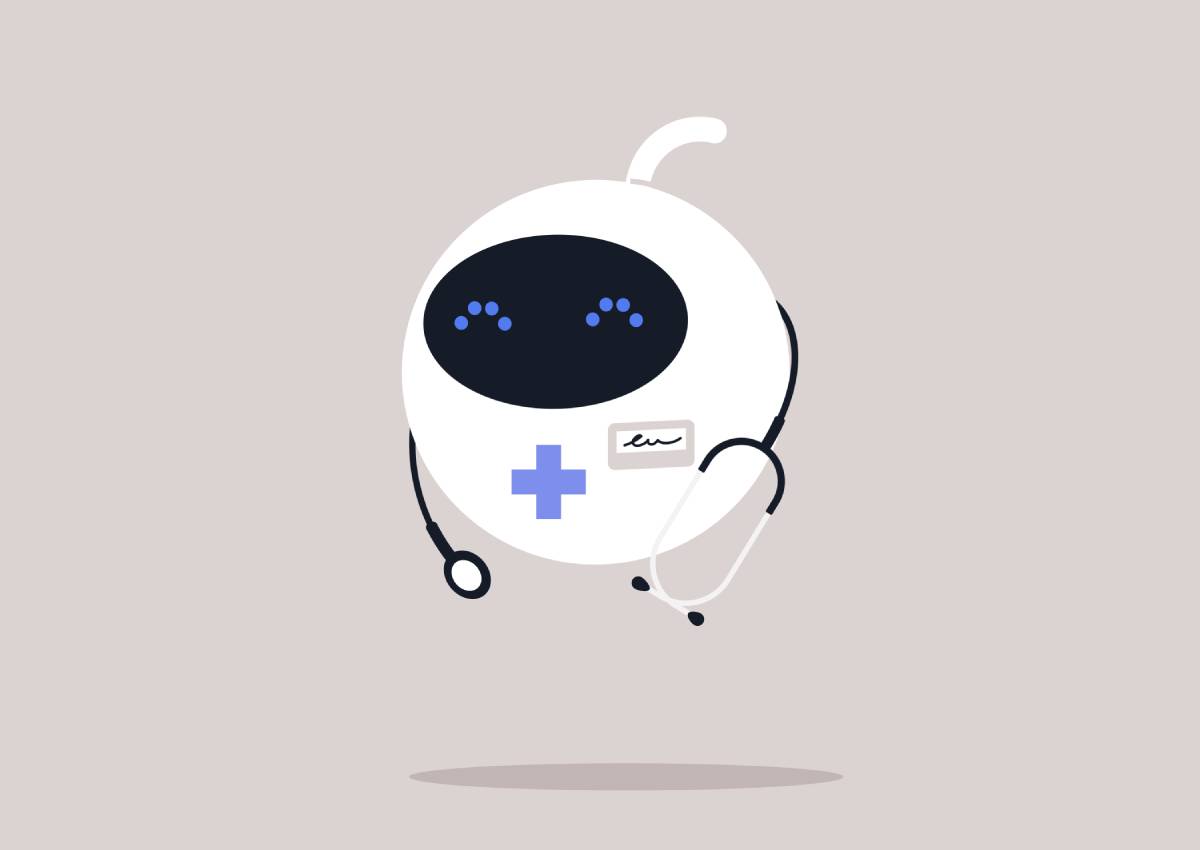Newly emerging virtual assistants and chatbot technologies have been fundamentally reshaping healthcare delivery , and the global market for healthcare virtual assistants is projected to reach $6 billion by 2026 (1). According to a Deloitte survey, digital assistants on an individual level are currently heavily used for medication reminders or alerts (75%) and health monitoring (72%) (2). Furthermore, in the wake of the COVID-19 pandemic and an overburdened health force, virtual assistant technology for healthcare facilities will likely continue to play an increasingly prominent role for healthcare facilities and the healthcare industry as a whole.
As a prime example of a virtual assistant technology for healthcare facilities, Microsoft Healthcare Bot service is a cloud-based service that allows healthcare organizations to implement artificial intelligence (AI)-based virtual health assistants and chatbots. This technology is marketed as being able to enhance medical processes and services while optimizing costs. In parallel, Amazon’s Alexa service has been adapted for similar purposes via a centralized system, so far adopted by BayCare Health System in Florida, Houston Methodist, and Cedars-Sinai Medical Center in Los Angeles.
Virtual assistant technologies such as these or variations thereof could allow healthcare or senior living facilities to interact with patients without direct contact. In hospitals, they let nurses communicate with patients through calling and intercom drop-in features without having to enter the rooms of infectious patients. Patients and providers can also more easily communicate. The ideal virtual assistant can also specifically respond to patient diagnoses, support patients through expected recovery experiences, and help monitor daily medication administration schedules. Furthermore, providers and the administration can also share information and announcements with patients. Finally, patients and residents can also place calls to family members or friends without having to rely on a staff member. For ease of use, the hospital or senior living facility can enable calling for a set of patient or resident pre-approved contacts to this end.
Virtual assistant technologies have a number of benefits. First, their use is ostensibly safer for staff and family when there is a concern of disease transmission. Second, as many facilities during the COVID-19 pandemic have relied on papers slipped under resident doors to communicate changes in protocols, virtual assistant technology is particularly helpful when it comes to instant message sharing..
A number of considerations must be taken into account as regards the implementation of virtual assistant technology. First, patient privacy is important to maintain. Some programs allow patients to select a “do not disturb” setting. Second, the efficacy of digital assistants relies on its smooth integration with existing health infrastructure; initial installation efforts will be timely and costly for any healthcare facility. Third, a virtual assistant may be wrong – one study cautioned against depending on digital assistants for answers to medical questions (3). Fourth, a certain level of digital literacy training for patients will be key, of particular challenge in ill or elderly populations. Finally, it may be difficult for virtual health assistants to develop the same degree of interpersonal connection as a real person. Programs that show empathy, display nonverbal relational behaviors, and disclose personal information about themselves will be important to achieve better user experience (4).
Virtual assistant technologies are promising tools for healthcare facilities. Additional research and development is necessary to ensure their optimization, personalization, and smooth and efficient integration into health care delivery.
References
1. Global Healthcare Virtual Assistants Market (2021 to 2026) – Multi-Language Assistance in Healthcare Virtual Assistant Tools Present Opportunities [Internet]. [cited 2022 Jul 28]. Available from: https://www.prnewswire.com/news-releases/global-healthcare-virtual-assistants-market-2021-to-2026—multi-language-assistance-in-healthcare-virtual-assistant-tools-present-opportunities-301366246.html
2. Taylor K. Connected health – How digital technology is transforming health and social care. Deloitte. 2015;
3. Bickmore TW, Trinh H, Olafsson S, O’Leary TK, Asadi R, Rickles NM, et al. Patient and consumer safety risks when using conversational assistants for medical information: An observational study of siri, alexa, and google assistant. J Med Internet Res. 2018; doi: 10.2196/11510.
4. Curtis RG, Bartel B, Ferguson T, Blake HT, Northcott C, Virgara R, et al. Improving User Experience of Virtual Health Assistants: Scoping Review. Journal of Medical Internet Research. 2021. doi: 10.2196/31737.
